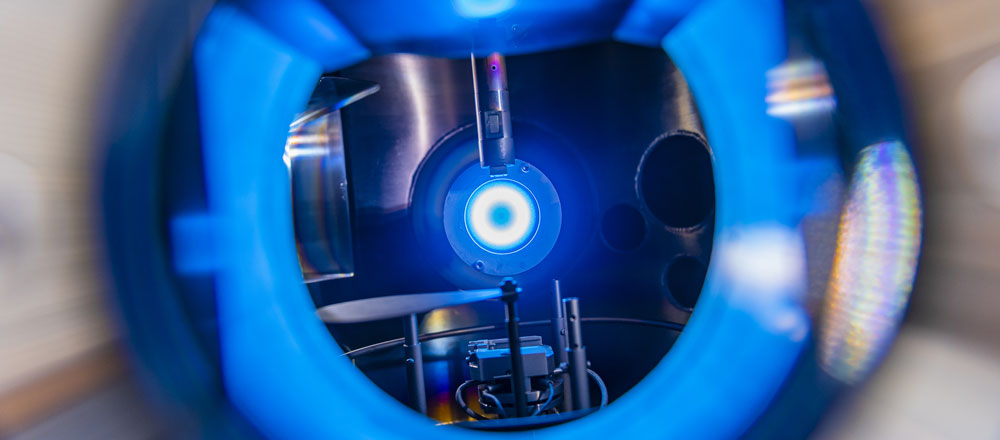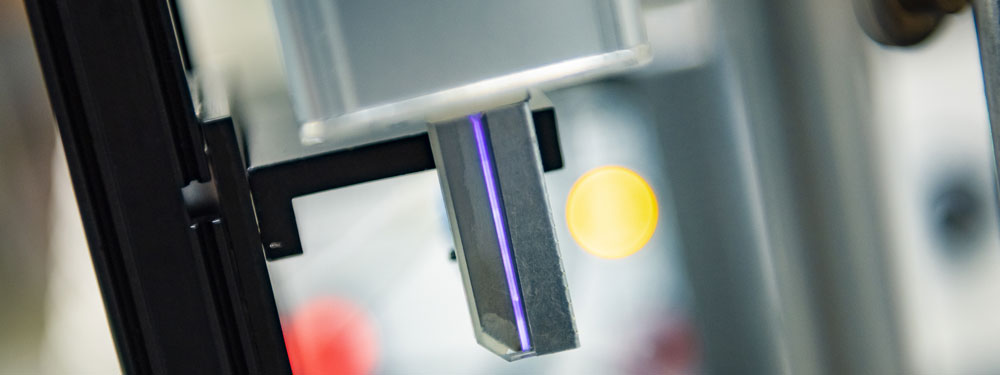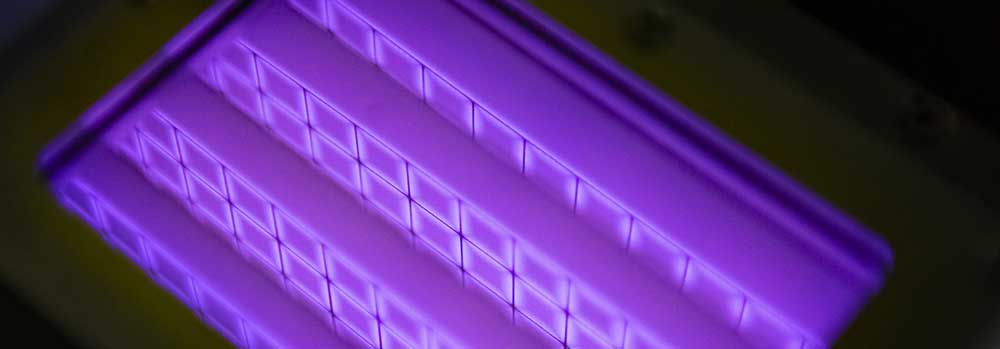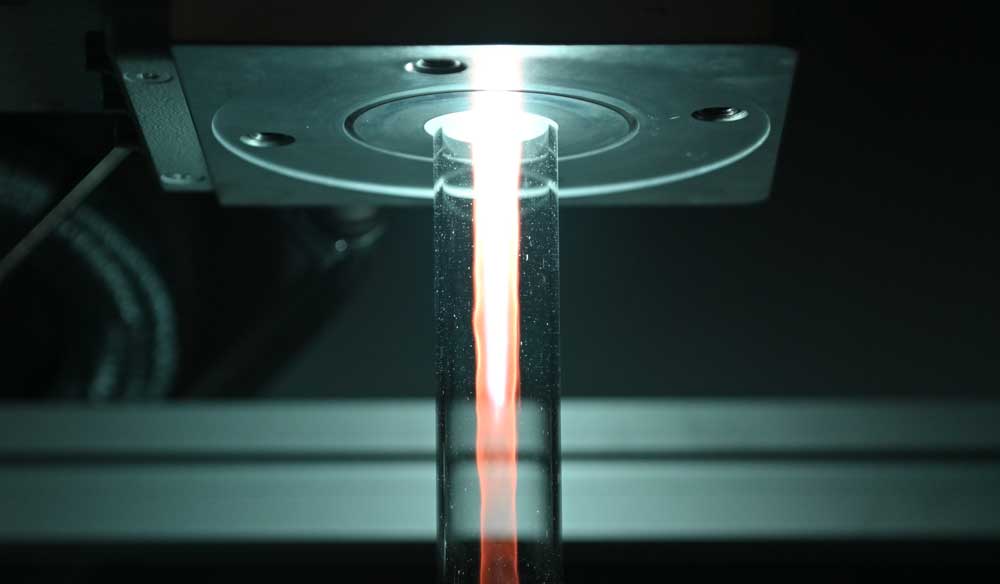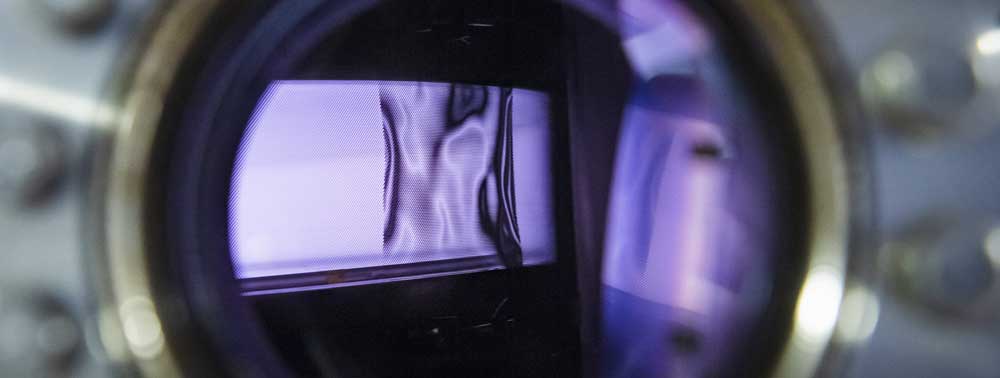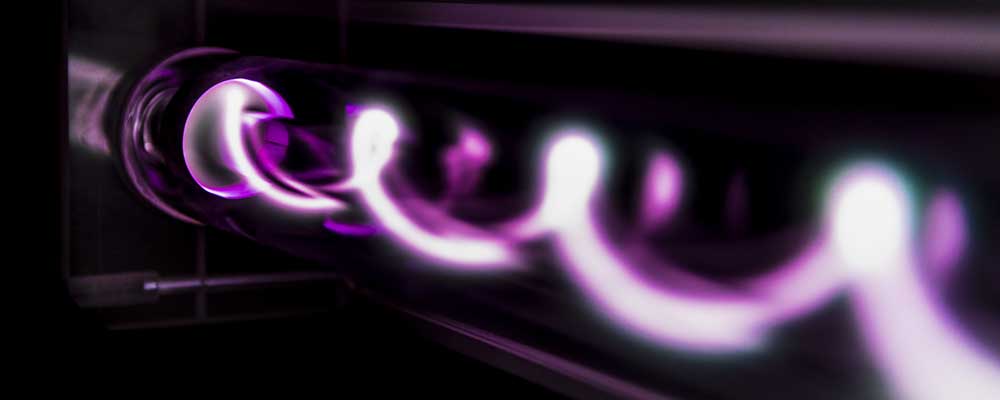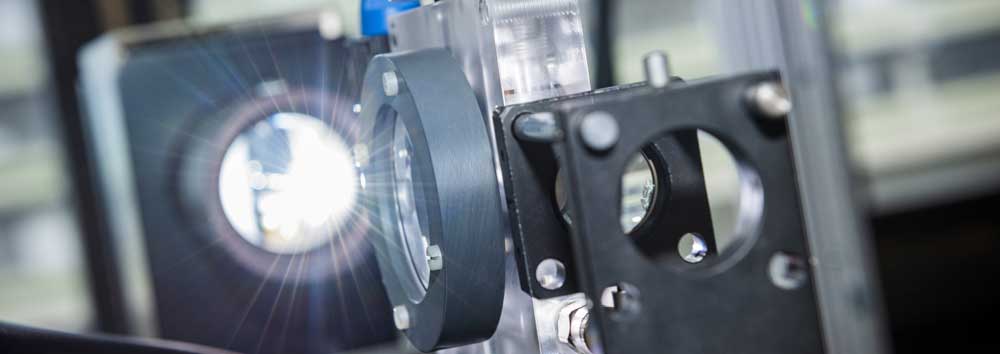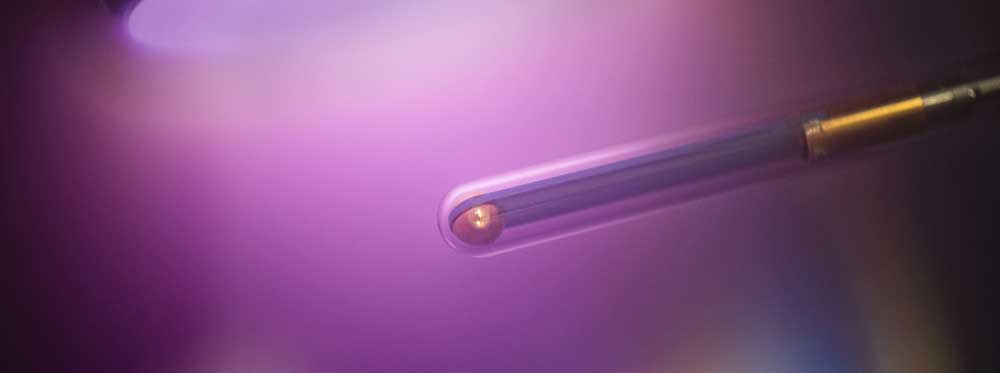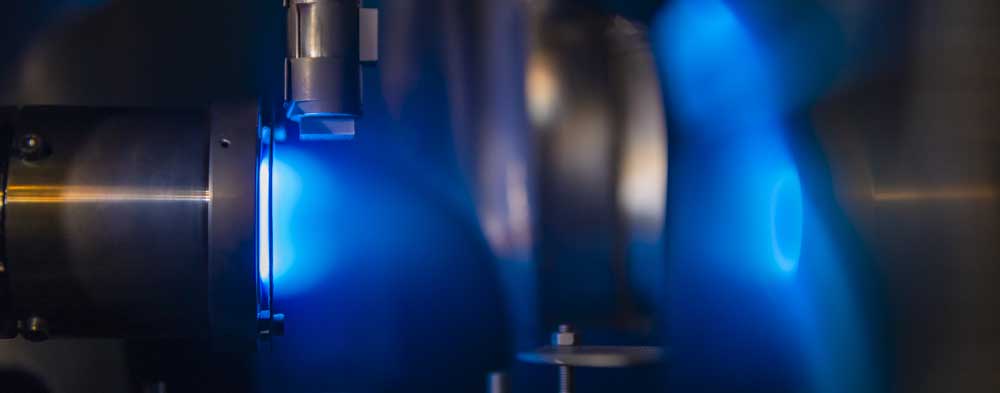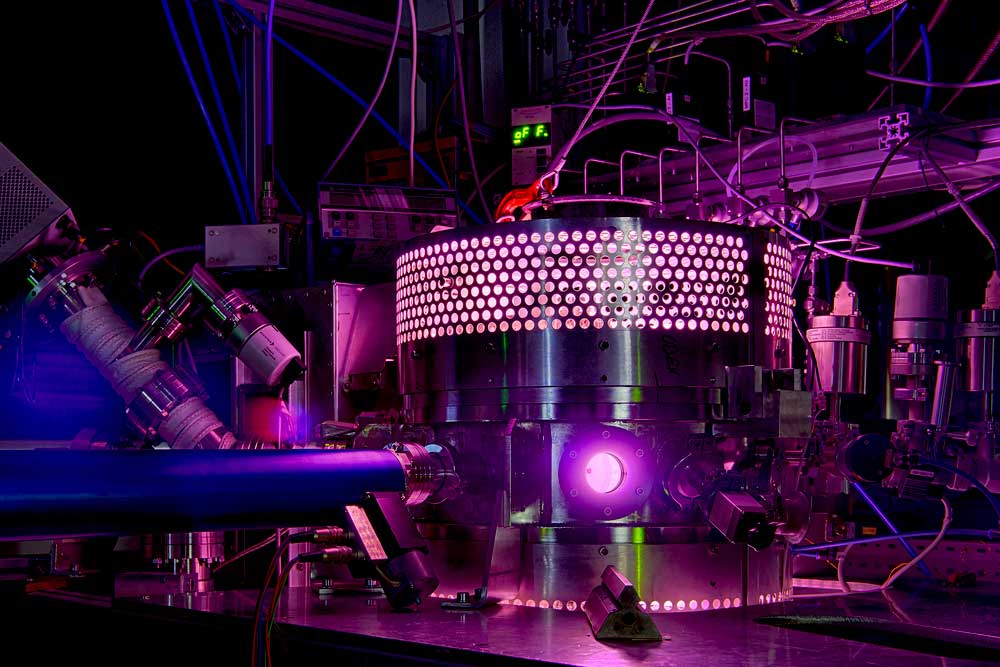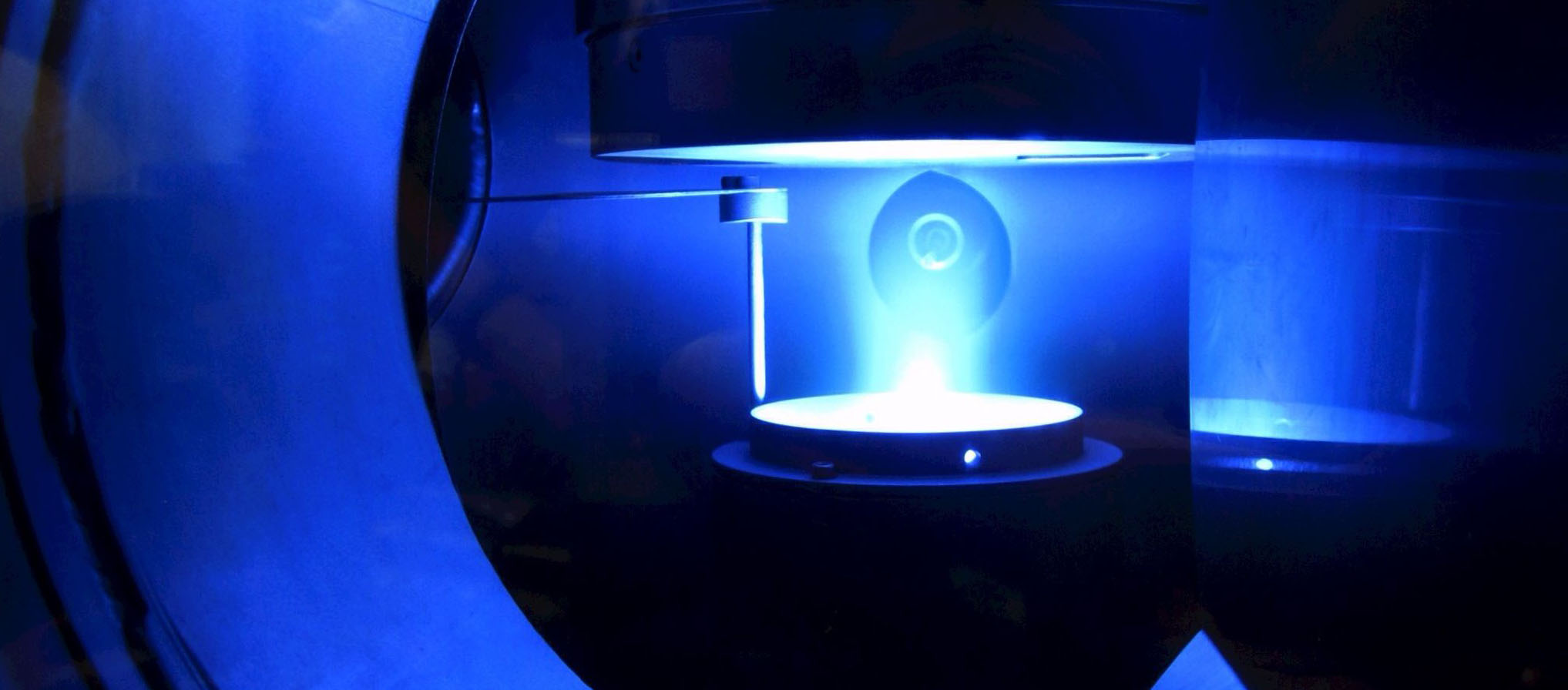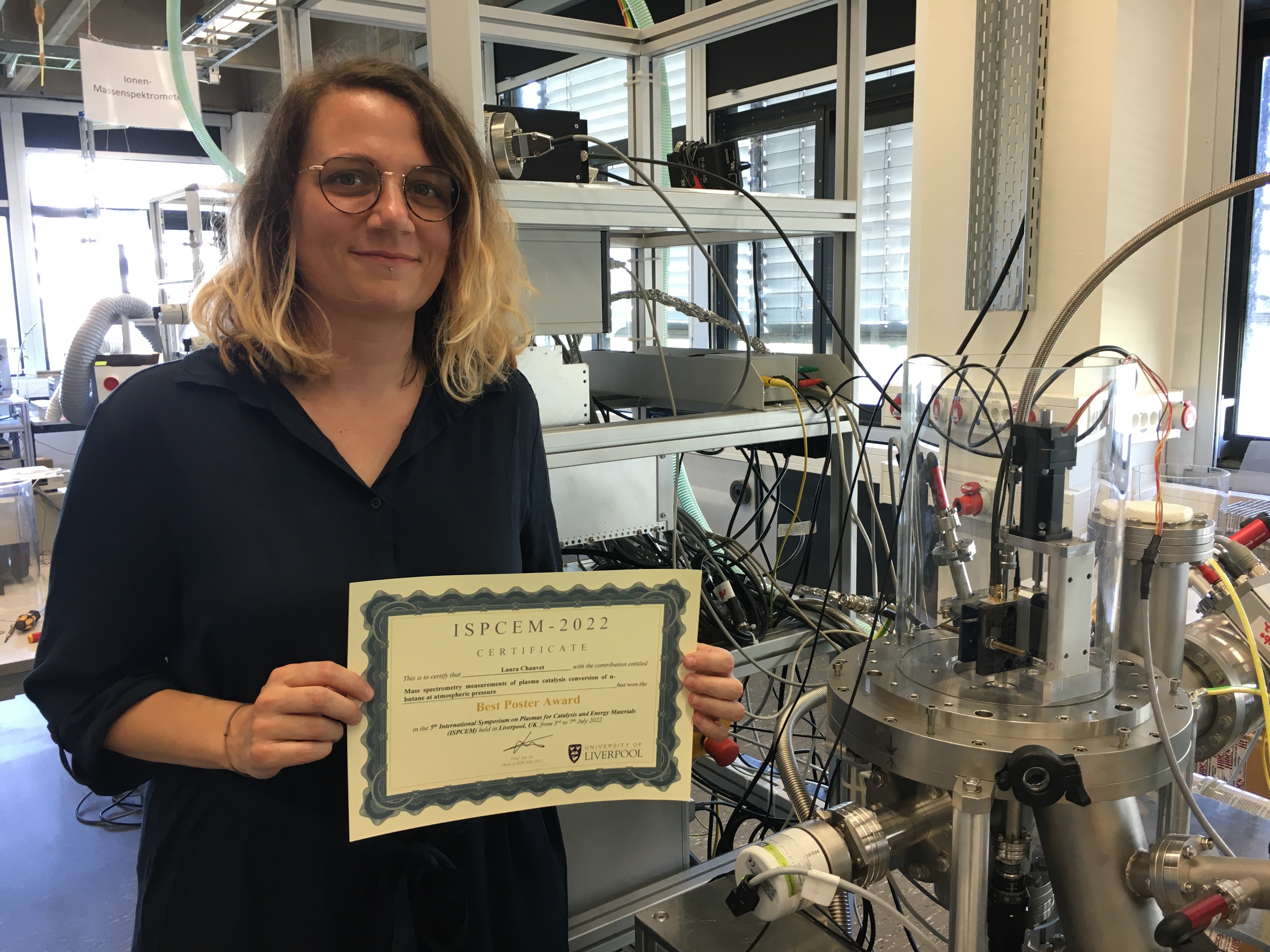A7 - Plasma AerodynamicPIV MeasurementParticle Image Velocimetry (PIV) measurements showing the |
- Details
Conference report
Gordon research conference
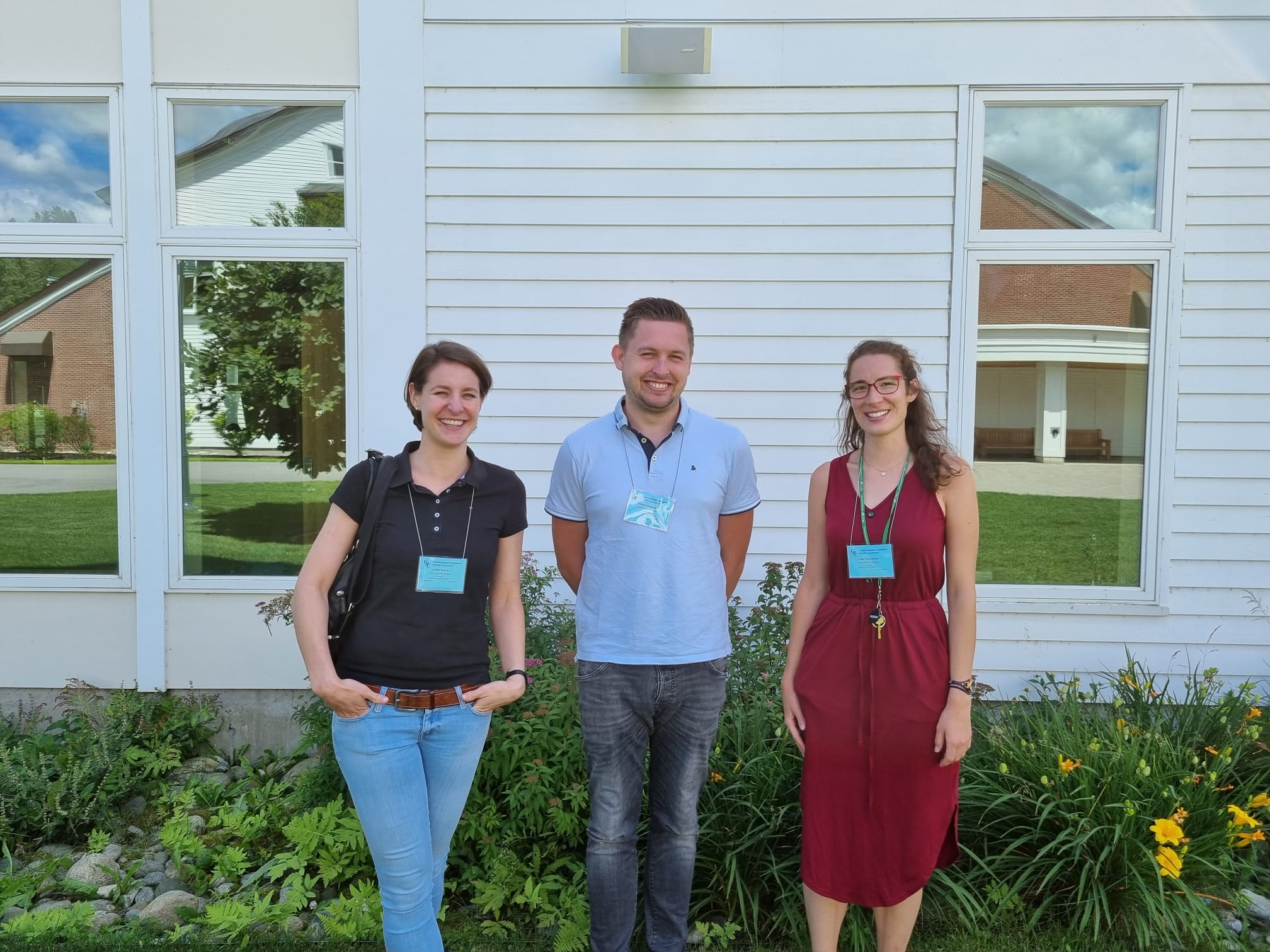
From July 23rd to July 29th the Gordon Research Conference and Seminar on Plasma Processing and Science was held in Andover, New Hampshire. The conference focused on plasmas and their interactions with matter while the seminar focused on investigating multiphase and multiscale plasma-material interactions. Judith Golda from the CRC 1316 had a talk on "State enhanced actinometry in atmospheric pressure discharges". Furthermore, she organised the so-called "Power Hour" at the GRC - an event to raise awareness of the challenges in the field of minorities in plasma physics.
- Details
Internationalization
GREMI visit of Judith Golda, Laura Chauvet and Daniel Henze
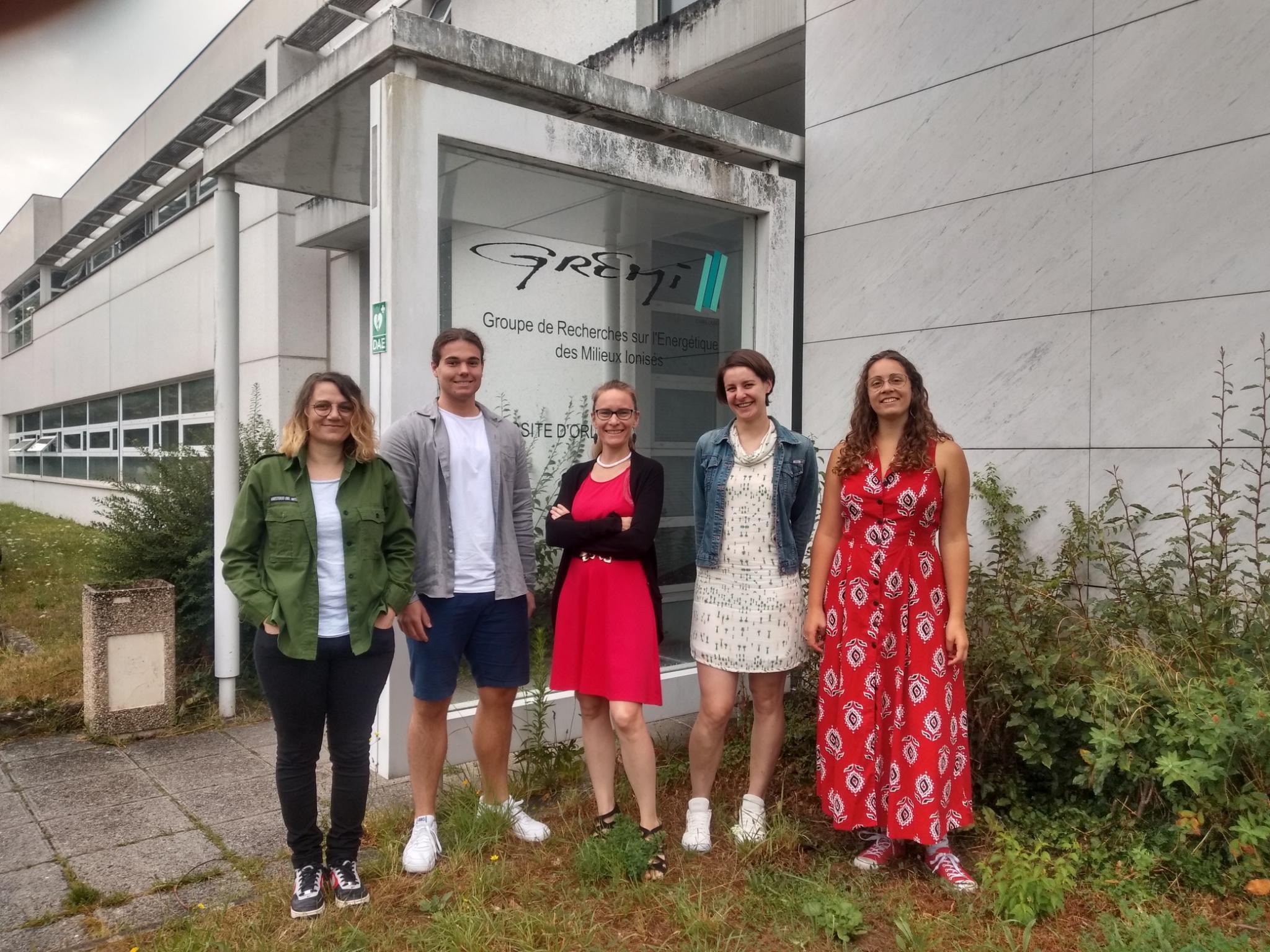
From 18 July to 29 July, Jun.-Prof. Judith Golda, Dr. Laura Chauvet and Daniel Henze from the CRC 1316 were guests in the laboratory of Prof. Claire Douat at the GREMI in Orléans. In a joint measurement campaign, two different atmospheric pressure plasma jets were being tested. They measured the production of CO at different operating conditions with a gas analyser. This trip was funded by the DAAD as part of a PROCOPE project to improve cooperation between RUB and GREMI.
- Details
Awards
Poster Prize for Dr. Laura Chauvet
Dr. Laura Chauvet received the poster award for the best poster for her contribution "mass spectrometry measurements of plasma catalysis conversion of n-butane at atmospheric pressure" at the Plasma Catalysis Meeting in Liverpool, UK.
- Details
Research data management
eMail distribution list
The CRC 1316 research data management activities are announced via this homepage. It is also possible to book an announcement via eMail, so that all announcements will be sent to you automatically. If you would like to subscribe to the newsletter, please fill out the following form:
- Details
Internationalization
CRC 1316 at the International Conference on Plasma Medicine
In the summer, Dr. Sebastian Burhenn and Steffen Schüttler, together with Sabrina Klopsch and Tim Dirks from the RUB Applied Microbiology group, visited the 9th International Conference on Plasma Medicine (ICPM9) in Utrecht, the Netherlands. Around 250 participants discussed the current state of plasmas in medicine. Topics ranged from "Plasma Agricultural Applications" to "Plasma-Liquid Interactions" to "Plasma-Based Decontamination and sterilisation" and much more.
Sebastian Burhenn gave a presentation in the section "Fundamentals of Atmospheric Plasma" on the "Influence of Humidity on OH Distribution in the COST Jet measured by Laser-Induced Fluorescence". Steffen Schüttler contributed to the section "Plasma-Liquid Interactions" with his talk on "Hydrogen peroxide production in water treated with a capillary plasma jet". Sabrina Klopsch and Tim Dirks presented a poster about their work in the field of plasma-driven biocatalysis.
- Details
Internationalization
CRC 1316 members on the ICPM9
Four research members of the CRC 1316 join the 9th International Conference on Plasma Medicine (ICPM9). Today, Sebastian Burhenn talked about the 'Impact of humidity on the OH distribution in the effluent of the COST-Jet measures by laser induced fluorescence'. Another highlight is the plenary talk of the CRC PI Julia Bandow on 'Plasma-driven biocatalysis: challenges and opportunities'.
- Details
Interantionalization
ICOPS conference in Seattle
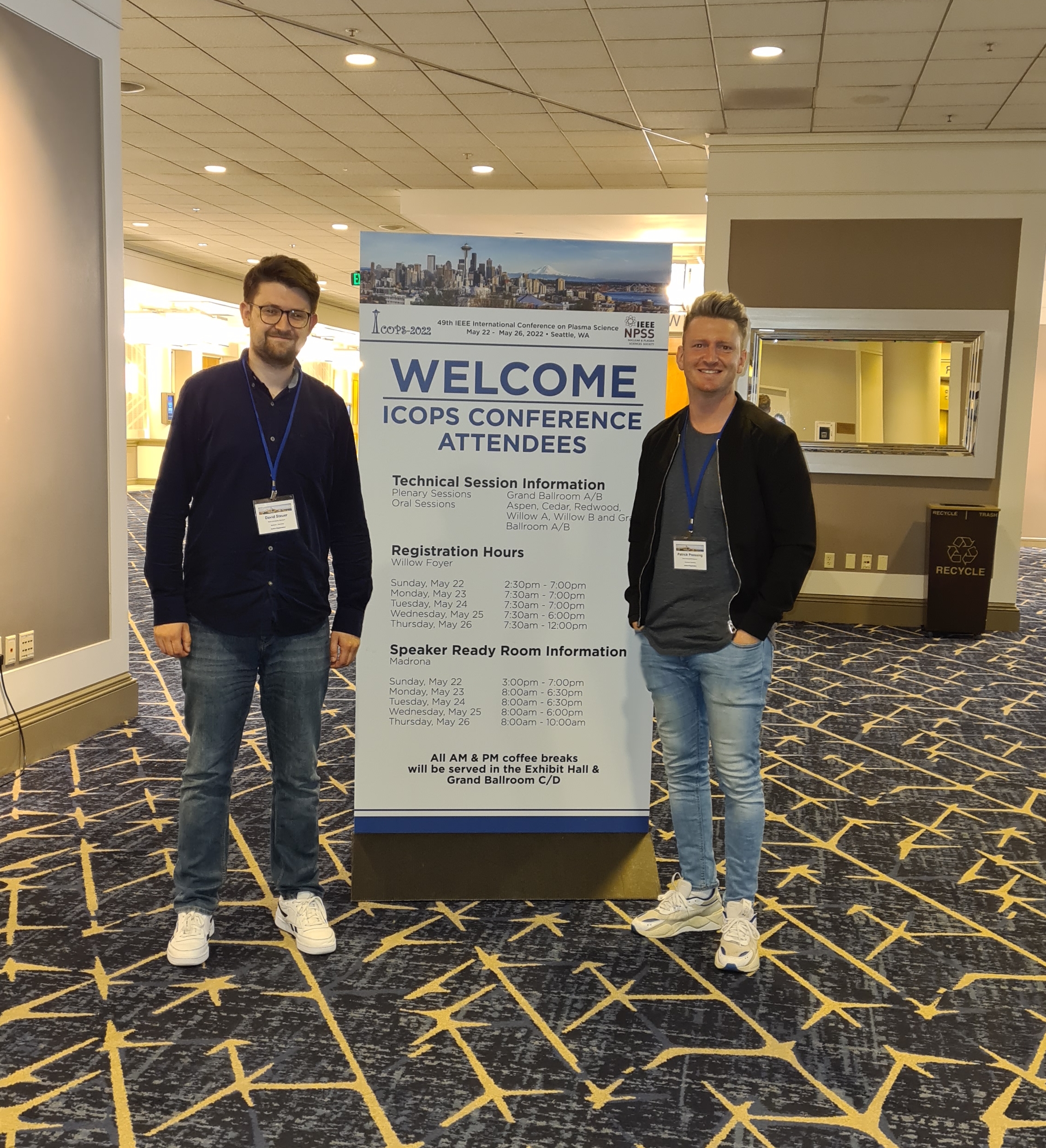
The 49th International Conference on Plasma Science (ICOPS) was held in Seattle from May 22 through May 26. It was one of the first conferences since the beginning of the COVID pandemic situation that was organized as a hybrid conference and partly held on site. It was nice to be back at a live conference getting in touch face to face with other researchers. More than 350 on site attendees visited the conference and more than 150 researchers joined the conference virtually. The conference venue was the Sheraton Grand Seattle located in Seattle Downtown. The scientific program reached out to wide varieties in the field of plasma physics covering topics such as basic phenomena in high temperature fusion plasmas or low temperature plasma jets up to the applications of different sources as for example in medicine, agriculture or for environmental purposes.
Beside the scientific program there were lots of things to discover around the area such as strolling at the famous Pike Place Market or going up the Space Needle to get a great view over the city and the 4392m high volcano Mount Rainier, if it does not hide itself in dense clouds. During the conference a spontaneous group event took place, exploring the night life of Seattle together with around 30 other researchers and the conference was eventually closed with a nice banquet.
Patrick Preissing, project B2
- Details
Teaching
Visit of CRC 1316 students at Avantes
 The participants of the lecture "Plasma Diagnostics" from this and previous semesters visited the company Avantes in Apeldoorn, NL on 3.6.22. The Dutch company is specialized in so called hand-held or USB spectrometers and related accessories. These spectrometers are popular for species identification but also for monitoring plasmas.
The participants of the lecture "Plasma Diagnostics" from this and previous semesters visited the company Avantes in Apeldoorn, NL on 3.6.22. The Dutch company is specialized in so called hand-held or USB spectrometers and related accessories. These spectrometers are popular for species identification but also for monitoring plasmas.
During the from the Faculty of Physics and Astronomy supported excursion, insights into the production and new developments were given in addition to further application possibilities. In two small workshops, current plasma-relevant diagnostics could be used live, namely Raman spectroscopy and laser-induced breakdown spectroscopy (LIPS), which directly closed the circle to the lecture.
Students from the Faculty of Physics and Astronomy who are writing their theses as part of CRC 1316 participated in the trip.
- Details
Research
Editors pick of a research paper of project B7 on experiment and modeling of in-liquid streamers
The paper: "Propagation of nanosecond plasmas in liquids—Streamer velocities and streamer lengths" Journal of Vacuum Science & Technology A 40, 043003 (2022); had been selected as editors pick.


